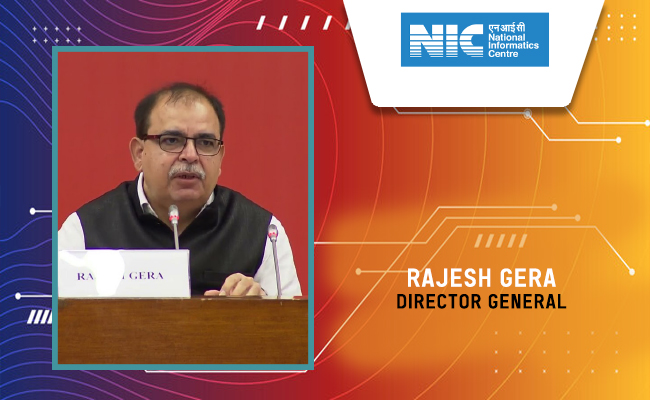Gig economy able to serve upto 90 million jobs in India
By MYBRANDBOOK

The gig economy can serve up to 90 million jobs in the non-farm sectors in India with a potential to add 1.25 percent to the GDP over the "long term".
The gig economy can lead to transactions of over USD 250 billion over the long term, the report by the consultancy firm BCG said. The firm said the gig economy is not a new concept but has seen greater adoption following the advent of technology.
A few years ago, when concerns were being raised about a 'jobless' growth, the government had pointed to the growth in gig economy jobs.
In the short-to-medium term, nearly 24 million jobs in skilled, semi-skilled and shared services roles could be delivered via the gig economy, including nearly 3 million shared services roles and around 8.5 million roles meeting household demand.
A majority 70 million 'gigable jobs' are in the construction, manufacturing, transportation and logistics, and personal services sectors, it said adding that these will be primarily driven by small business and household demand.
The consultancy said its estimates are based on a detailed mapping of job-types across industry sectors to identify opportunity areas and barriers to unlocking demand for gig-based services.
The potential of the gig economy was determined using interviews with corporations, including large corporations and medium, small and micro enterprises (MSMEs), a survey of over 600 urban households, and inputs from industry experts.
Over the long term, there will be around 35 million skilled and semi-skilled jobs across sectors. The report added that five million jobs can get delivered via shared services roles like facility management, transportation, and accounting, and 12 million can arise from household demand for services, while 37 million unskilled jobs can come from across various sectors of the economy.
The gig economy could create about one million net new jobs over the next two-three years by aligning near-term incentives of employers and workers. It said gig workers are typically younger, work fewer hours a day, are relatively less educated, and more often serve as secondary contributors to household income.


Legal Battle Over IT Act Intensifies Amid Musk’s India Plans
The outcome of the legal dispute between X Corp and the Indian government c...

Wipro inks 10-year deal with Phoenix Group's ReAssure UK worth
The agreement, executed through Wipro and its 100% subsidiary,...

Centre announces that DPDP Rules nearing Finalisation by April
The government seeks to refine the rules for robust data protection, ensuri...

Home Ministry cracks down on PoS agents in digital arrest scam
Digital arrest scams are a growing cybercrime where victims are coerced or ...


ICONS OF INDIA : RITESH AGARWAL
Ritesh Agarwal is an Indian billionaire entrepreneur and the founder a...

ICONS OF INDIA : RISHAD PREMJI
Rishad Premji is Executive Chairman of Wipro Limited, a $11.3 billion ...

Icons Of India : AMIT CHADHA
Amit Chadha serves as the CEO and Managing Director of L&T Technology ...


NIC - National Informatics Centre
NIC serves as the primary IT solutions provider for the government of ...

NPCI - National Payments Corporation of India
NPCI is an umbrella organization for operating retail payments and set...

ITI - ITI Limited
ITI Limited is a leading provider of telecommunications equipment, sol...


Indian Tech Talent Excelling The Tech World - George Kurian, CEO, Netapp
George Kurian, the CEO of global data storage and management services ...

Indian Tech Talent Excelling The Tech World - Satya Nadella, Chairman & CEO- Microsoft
Satya Nadella, the Chairman and CEO of Microsoft, recently emphasized ...

Indian Tech Talent Excelling The Tech World - Lal Karsanbhai, President & CEO, Emerson
Lal Karsanbhai, President and CEO of Emerson, assumed the leadership i...
 of images belongs to the respective copyright holders
of images belongs to the respective copyright holders